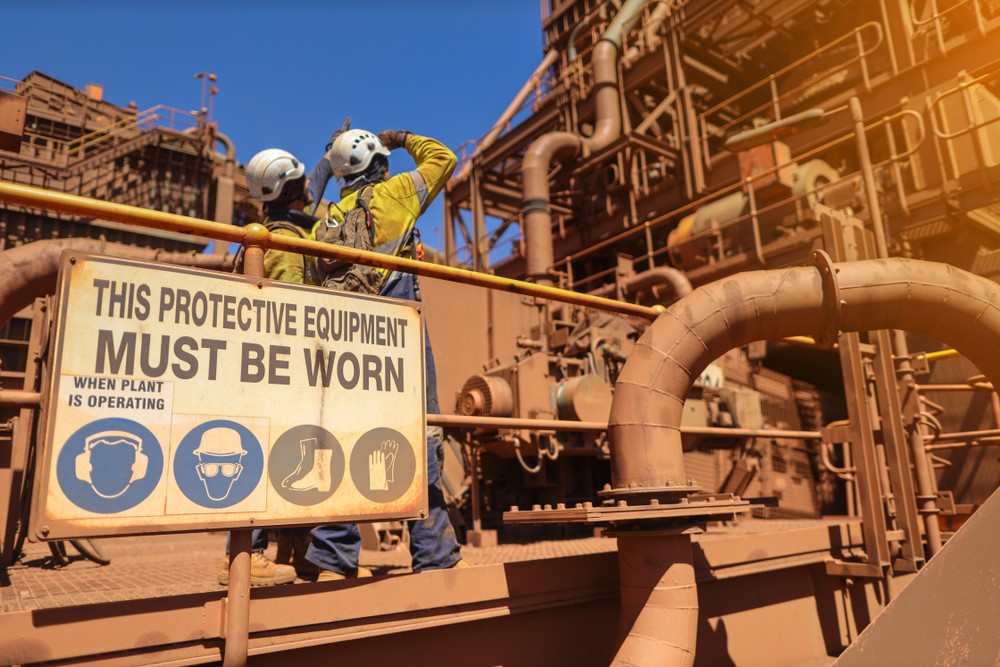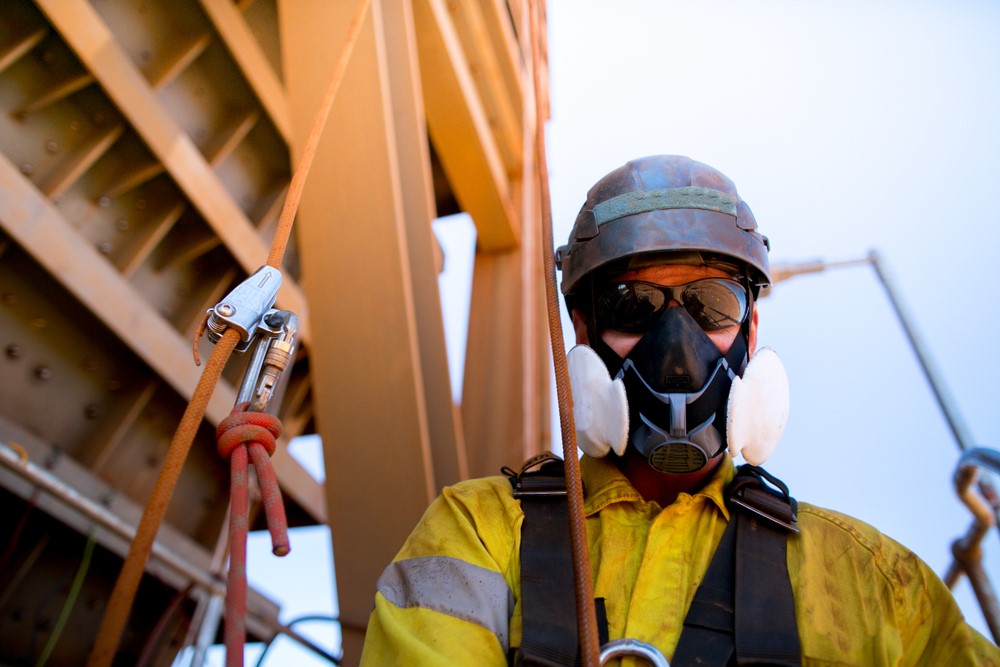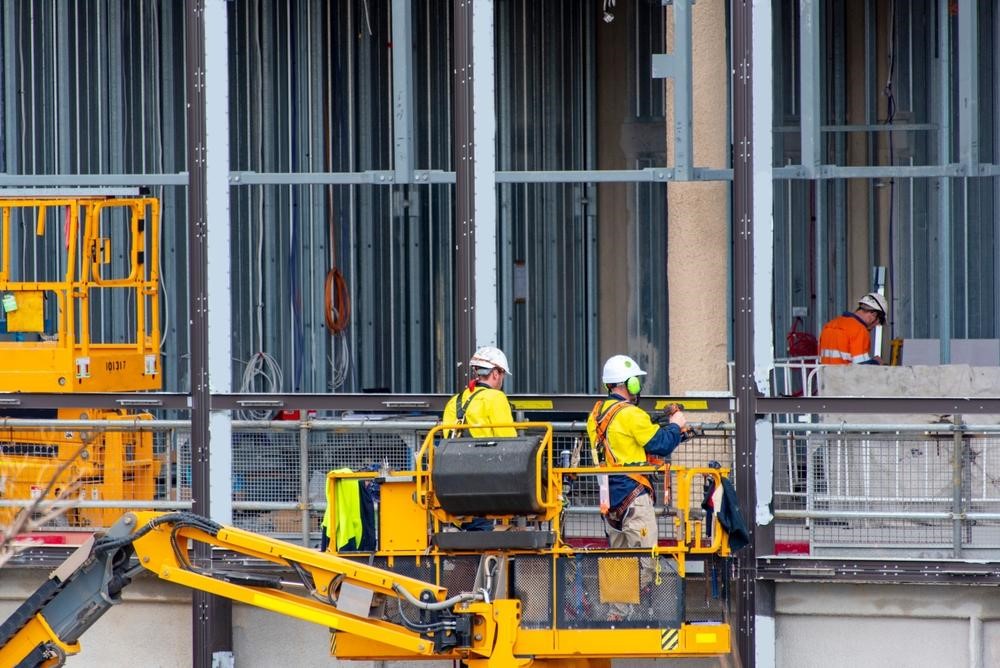Get A Free Quote
1300 007 782
Call Us On:
1300 007 782G10/RMS Accredited
Competitive Rates
ZERO Accidents or Injuries
25+ years combined experience
50+ years combined experience
Competitive Rates
G10/RMS Accredited
ISO Certified

On a construction site, safety comes first. In an industry with such a high rate of fatalities and injuries, it’s important to keep standards as high as possible. Often, this means working with a professional team to ensure your construction site's health and safety standards are on par.
As a person conducting a business or undertaking (PCBU), you have a primary duty of care to both workers and visitors while they’re on your premises. Your responsibilities include both the provision and maintenance of a safe work environment and the monitoring of employees’ health conditions in the workplace.
Construction sites are filled with hazards, from slips, trips and falls to dusts such as asbestos. Fortunately, most accidents can be prevented with the right kind of preparation.
High safety standards are not only a legal requirement, but they also build trust with your workers, lead to a more productive environment, and help prevent costly insurance payouts. Safety measures pay off long-term in employee loyalty and improved business reputation.
Many dangers lurk on construction sites, but some of the most common include:
Falls are one of the leading causes of injuries and fatalities on construction sites, including falls from ladders, from incomplete scaffolds, through roof sheeting or from trucks. The risk of death or injury from a fall increases significantly when working from heights of two metres or above.
Spotting the potential for falls early gives you more time to minimise or eliminate the risks. According to Safe Work Australia, a PCBU has the responsibility to carry out work on the ground when possible and, if not, provide safety measures, including a fall prevention device to minimise the risk.
In the construction industry, electrical hazards are everywhere. Direct or indirect contact with electricity can cause electric shock, serious injury or death, and only licenced and registered electricians should carry out electrical work.
Common causes of electrical dangers on construction sites include overhead power lines, damage such as frayed cables or exposed wires, overloaded circuits and operating equipment in wet conditions.
There are many hazardous materials used on construction sites, including paints, solvents, fuels and dust. Some can cause immediate danger, like fire and explosions, while others take their toll on your health over time.
Hazardous materials can harm your employees in various ways. Improper lifting of various materials causes back strains and sprains, falling objects can cause death or injury, and exposure to dust like Silica can eventually lead to lung diseases.
Many worksites are at risk of fires, but the combination of both fuel and ignition sources makes construction sites especially dangerous environments. Hazards include flammable materials like electrical sparks and combustible fuels, work that involves power sources like removing ageing wires, working near overhead powerlines and poorly installed wiring or equipment.

Fortunately, there are steps you can take to improve your own construction site’s health and safety standards immediately. Some of the most common include:
Eliminating the risk is always your best possible course of action. If you can’t do that, you should aim to minimise it as much as possible. As the name implies, hazard identification and risk assessment is a process of finding potential dangers in your workplace so you can work to minimise them.
Personal protective equipment (PPE) is any clothing or equipment a worker uses for protection, including hard hats, safety harnesses and high-visibility vests. There are particular laws regarding the use of PPE, and it needs to suit both the size and fit of the person and the nature of the work. In a construction environment, PPE prevents workers from coming into contact with dangerous materials, reduces the chance of slips and falls and reduces exposure to dangerous tools.
You should always follow good safety practices on construction sites to reduce the risk of accidents. Examples include using PPE and safety signs, providing clear instructions to all workers, ensuring the site is clean with no debris, and properly putting tools away.
Each worker should complete site-specific training before commencing work on a construction site, and you should provide instructions for emergency management.
There are a lot of different machines commonly used on construction sites—excavators, rollers, loaders, dumpers—and all of them need regular maintenance. Poorly maintained equipment doesn’t just lead to expensive repairs and unexpected downtime; it can also cause accidents. Regular maintenance keeps the essential parts of the machinery, like brakes and rollers, functioning well, along with important safety features, like emergency shut-off systems. Adhering to a proper maintenance schedule also means your equipment complies with necessary safety regulations.
Under the model WHS laws, all workplaces must have an emergency plan in place, including construction sites. The plan has to include some key details: contact details for key individuals like fire wardens and local emergency services, a map of the workplace showing where to find PPE and fire exits, and the means of alerting workers to danger (e.g. an alarm). As a PCBU, it’s your job to regularly review the emergency plan to make sure it’s current and effective.
Emergency plans don’t have to be overly lengthy, but they do have to consider things like the nature of the work, the hazards involved, and the size and location of the workplace.
To build a truly strong safety strategy, it always helps to call in qualified professionals.

SSTC offers a vast range of specialised industrial services tailored to meet the needs and requirements (including paperwork) of each construction site. Trusted by some of Australia’s largest construction companies, our well-trained and highly experienced team have the skills to ensure safety in your construction projects.
Improving health and safety culture on construction sites is one of our specialties, and we carry it out in a number of ways. Our industrial services include emergency and first response teams, gas detection and monitoring services and confined space management. We also know what plans and permits you’ll need to carry out your construction project and can help you with all the paperwork requirements.
For SSTC, safety is of paramount importance, and we do everything we can to make sure all risks are minimised from the beginning of your construction project to the end. With competitive rates as well as plans and permits that meet the requirements of the council and other governing bodies, you get the best and most comprehensive construction service in Sydney.
For services that ensure your own construction site’s health and safety, contact the SSTC team for a free quote.